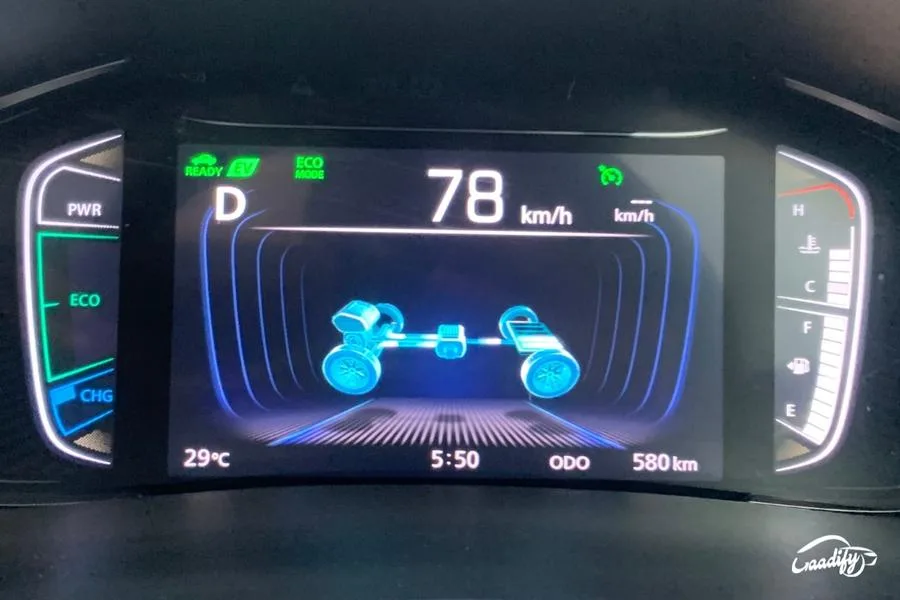In the emerging hybrid and electric vehicle segment, you often hear the term regenerative braking. But do you know what it is? And, how does it work? And, is this technology really beneficial for your vehicle? Read on to know.
What Is Regenerative Braking?
In school, you must have read Newton’s law of conservation of energy, which states that energy can neither be created nor destroyed, it can only be transformed from one form to another. The same phenomena involve when we apply our vehicle’s brakes. The kinetic energy that was pushing the vehicle forward dissipates as heat into the environment as a result of friction between the discs & brake pads and wheels & surface, and thus, the energy becomes unproductive and wasted. To evade that, a technology was invented that could retrieve most of the kinetic energy by converting it into electricity so that it could be used to recharge the vehicle’s battery. This system is called regenerative braking. Nowadays, it is widely used in hybrid and electric vehicles to improve fuel efficiency or boost their range.
Also Read: Different Types Of Batteries Used In Electric Vehicles
How Does Regenerative Braking Work?
Regenerative braking involves the vehicle’s drive system doing most of the braking. When the driver presses the brake pedal/lever of an electric or strong hybrid vehicle or when he/she lifts his/her foot off the accelerator pedal, the vehicle’s electric motor starts rotating in reverse, thus slowing the vehicle. At this time, the motor acts as an electric generator, producing electricity which is then supplied to the batteries to use it later to accelerate the vehicle again. They’re most effective in stop-and-go driving situations. That said, the amount of energy the system seizes is dependent on the vehicle’s speed and the duration of brake application. In some cases, the energy produced by these types of brakes is stored in a series of capacitors for later use.
Also Read: EV Battery Cycle Explained

A sophisticated electronic circuitry plays an essential role in deciding when the motor should reverse. These types of vehicles also have conventional friction brakes for conditions where regen braking can’t provide enough anchoring force. However, the vehicle’s electronics decide which braking system is suitable at which time. And since a lot of things are controlled electronically, the driver can even select certain presets that determine how the vehicle reacts to various situations with a regenerative braking system. For example, many vehicles these days, including India’s best-selling electric car, the Tata Nexon EV, offer multi-level regenerative braking, thus, providing the convenience to adjust the regen intervention. It also enables one-pedal driving that provides enough deceleration to offset the usage of the brake pedal.
Also Read: EV Simplified: AC vs DC Fast Charging
Advantages of Regenerative Braking
- Enhance fuel efficiency or boost the driving range in hybrid and pure electric vehicles, respectively.
- By improving fuel efficiency/range, it passively helps in lowering the carbon emissions.
- Lower the entire braking burden.
Disadvantages of Regenerative Braking
- Additional devices are necessary to operate the regen braking, thus, increasing the vehicle’s cost.
- High maintenance cost.
- Conventional braking requires more attention, depending on the level of the regeneration braking.








